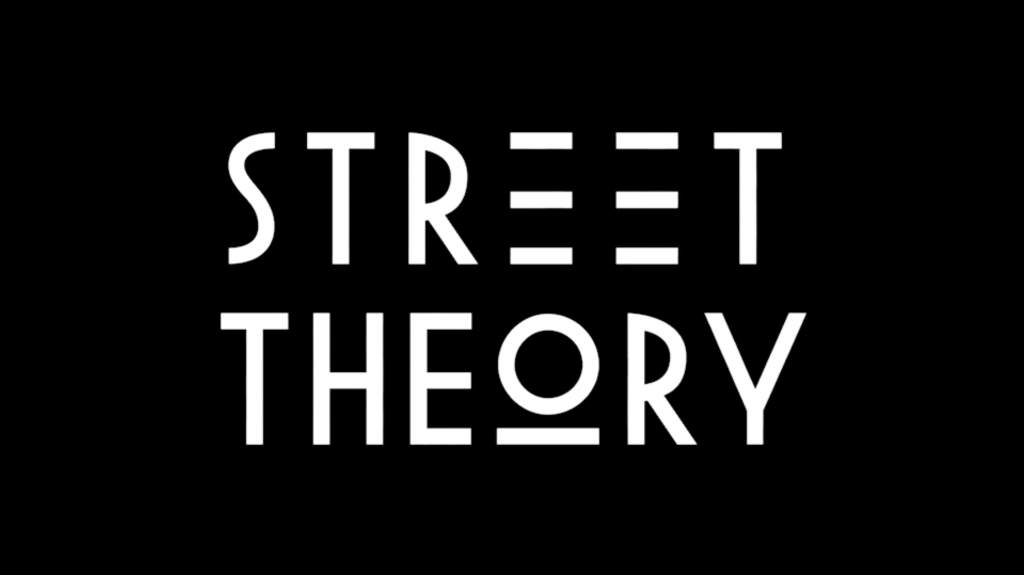Music theory can be one of the most difficult parts for guitar players who are ready to move up a level with their playing. There’s too much to know and understand, with no real way to figure out what’s essential in a vast sea of information. More so, it’s difficult to understand how to apply this information in a real life playing situation.
In these lessons taken from Jeff Scheetz’s TrueFire course, Street Theory for Guitarists, Jeff will sort through the essential and non-essential, leaving you with easy to apply music theory knowledge that will help you on your path to becoming a better guitar player. The concepts that he’ll go over will make it easier to play along at the jam, learn songs, and get the gig.
There’s more to be had in the full course on TrueFire, where Jeff takes you through four sections of music theory that every guitarist should know : Fundamentals, Chords, Scales, and other theory concepts.
Roman Numerals & Progressions: Demonstration
Download the tab and notation for this theory lesson on TrueFire.
Sometimes thinking of chords in a progression as numbers instead of letter names can help you not only find your way around progressions, but also communicate much more clearly to other musicians. This method of using Roman numerals in order to convey progressions is universal and essential to “jammers” everywhere!
Inversions: All Strings
Download the tab, notation, and jam track for this theory lesson on TrueFire.
We can take the inversion concept and apply it to each set of three strings. Moving these up the neck gives you a ton of cool ways to create guitar parts. Inversions can be just what the doctor ordered when you have two guitar players playing a simple song. One plays the simple chords, and the other creates interest with various inversion shapes on various strings.
Modes: Parallel Scales Approach
Download the tab, notation, and jam track for this theory lesson on TrueFire.
When we talk about parallel modes, we’re basically talking about simply playing them all from the same root note. So, this would be a way to look at all the modes starting from the G note. This is absolutely the best way to hear the differences between them and be able to understand the uniqueness of each mode.
Soloing in CAGED: Demonstration
Download the tab and notation for this theory lesson on TrueFire.
Once you know both the chords and the corresponding major pentatonic scales you can create some cool musical parts. For starters, you can really nail the “Hendrix” kind of feel of going back and forth between a chord and then a little lick. Soloing within the CAGED system is another good way to stay melodic. Of course, you should take the CAGED system to the next level by learning all the other scales and chord options that will go with it, but this should get you started down the path!
Want to keep on plugging away and learn some more “street theory?” Make sure to go to TrueFire to check out the rest of Street Theory for Guitarists. Even players who have had years of experience learning theory will find something that they’ve skipped over or need to brush up on. Check it out now!

